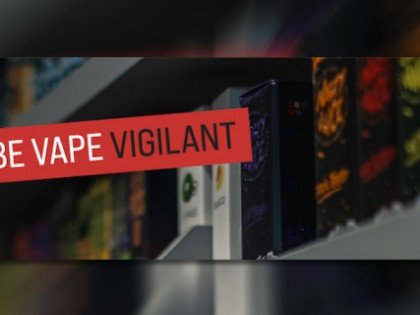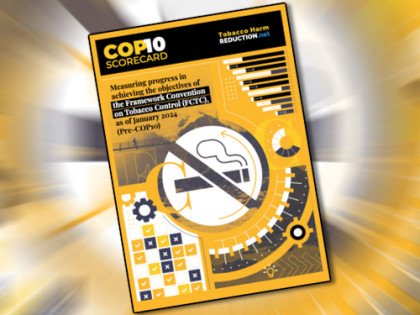Article 20 of Tobacco Products Directive required the EC to submit this report, demanding it looked at the potential risks to public health. At the time of the adoption of the TPD, there were concerns about the risks of refillable devices that allow users to come into direct contact with eliquids. The report states: “This study analysed the available scientific literature on health risks of refillable e-cigarettes, data from EU poison centres in eight Member States, and performed chemical analysis on e-cigarette samples.”
The EC states it found four main risks: poisoning from swallowing e-liquids, skin reactions related to contact with e-liquids, risks associated with home blending and risks due to using untested combinations of e-liquid and device or hardware customisation. Stop chuckling, they really did.
Accidental Swallowing of Eliquid
“Refillable e-cigarette devices can contain up to 40 mg nicotine and refill containers can hold up to 200 mg nicotine. There is, therefore, a particular risk for young children if they accidently ingest e-liquid especially from a refill container.”
The EC suggests that childproof containers should be used, bottles should be sold with instructions for safe use/storage and a list of ingredients should be displayed with health warnings. Bizarrely, the report also states: “The rather high percentage of poisonings involving adults over the age of 18 (57%) also suggests the need to increase awareness amongst citizens on the toxicity of the eliquids containing nicotine.”
Skin Contact
“Refillable e-cigarettes require users to refill the device directly with e-liquid, usually using a small bottle or refill container. There is a risk when opening or refilling that e-liquid from refillable e- cigarettes is spilled and comes into contact with the skin. E-liquids contain substances that are toxic through dermal exposure (nicotine) or may be irritating to the skin (propylene glycol and flavours).”
The report conflates eliquid with nicotine base in order to over emphasise potential danger. It makes the same call for a childproof mechanism, along with instructions, but adds a pointless need for drip-free filling.
DIY Liquids
“Home blending requires that users purchase high-concentration nicotine,” it says by way of introduction to the problems this causes. Apparently some people can’t be safe or dilute correctly with a bottle of nicotine base – and others might (horror of horrors) use it to get around the ridiculous 20mg limit the TPD imposes. “Secondly, many of the flavours currently in use in e-liquids have not been tested for use in e-liquids and it is not known if they are safe for inhalation. There is evidence emerging that some flavours are not safe when used in e-cigarettes.” Finally, and equally overblown: “The health risks of second-hand exposure of vapour from such self-mixed e-liquids are also unknown.”
The EC recommend that member states should enforce the 10ml/20mg TPD limits and give consideration to restricting the sale of nicotine base.
Use of e-liquids with untested devices and hardware customisation
“There is a risk therefore that the combination of device and e-liquid chosen by users will not have been adequately tested, in particular as regards the safety of the emissions produced.” The EC do not believe you can coil your own wire or change your wick safely so they want to make sure your government makes sure that only products unable to be adapted reach the marketplace.
The full report can be read here.
Dave Cross
Journalist at POTVDave is a freelance writer; with articles on music, motorbikes, football, pop-science, vaping and tobacco harm reduction in Sounds, Melody Maker, UBG, AWoL, Bike, When Saturday Comes, Vape News Magazine, and syndicated across the Johnston Press group. He was published in an anthology of “Greatest Football Writing”, but still believes this was a mistake. Dave contributes sketches to comedy shows and used to co-host a radio sketch show. He’s worked with numerous start-ups to develop content for their websites.
Join the discussion
Be Vape Vigilant Success
The ‘Be Vape Vigilant’ national initiative has exposed more than 100 potential rogue vape traders says the UK Vaping Industry Association
The COP10 Scorecard
Dr Derek Yach and Tobacco Harm Reduction.net have released a COP10 Scorecard report, drawing upon recent World Health Organization (WHO) reports to assess progress made by Parties to the Framework Convention on Tobacco Control (FCTC)
A Manifesto for Smokefree Beginnings
The Smoking in Pregnancy Challenge Group has produced its fourth national report: “A Manifesto for Smokefree Beginnings”
European Parliament Endorses Smoking Cessation Tool
The European Parliament has endorsed vaping as a smoking cessation tool via its Subcommittee on Public Health, according to the World Vapers’ Alliance






-listing400.jpg)




